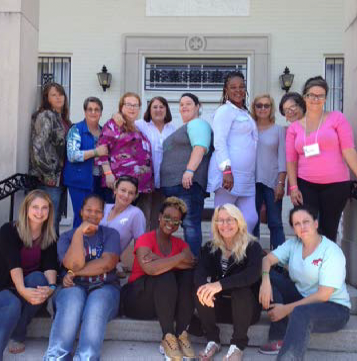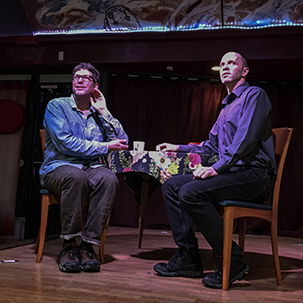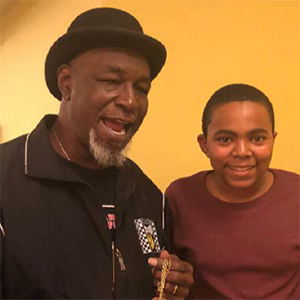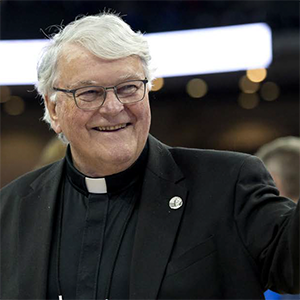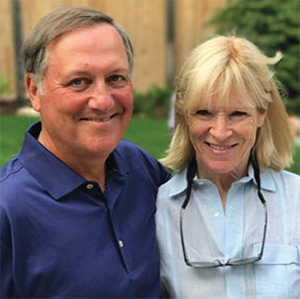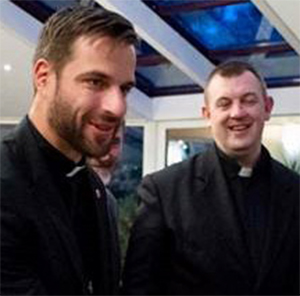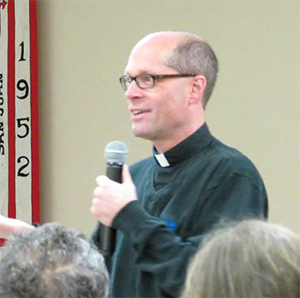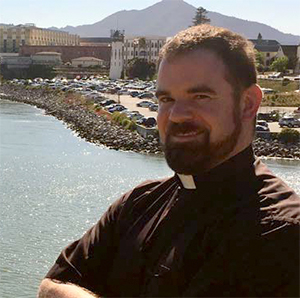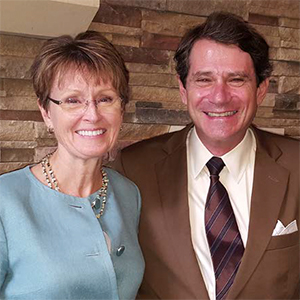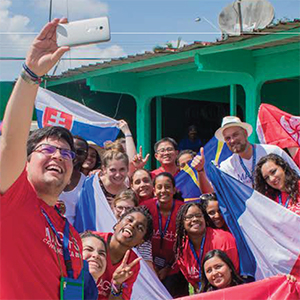
By Fr. Michael Rossmann, SJ
It is fitting that the Jesuit “pope from the periphery” would choose Panama as the host of World Youth Day and that this diverse nation would also be the site of the MAGIS program.
Since the 2005 World Youth Day in Germany, the Jesuits have organized MAGIS, which is a gathering of young adults from the Ignatian family that precedes World Youth Day. These pilgrims, who come from Jesuit universities and young adult ministries, participate in a program of spiritual, cultural, and pastoral activities.
The Jesuits minister all over the world, so it was only appropriate that this celebration of the Ignatian family brought together young adults from nearly all the continents. (Sorry, Antarctica.)
Roughly 900 pilgrims from 35 countries—along with 100 Jesuits—participated in this year’s MAGIS, which occurred from January 10-22.
Panama is known as the “Bridge of the World” because of its canal that connects the Pacific and Atlantic Oceans. It was an appropriate host for a program that facilitates deep connections between young adults from different places.
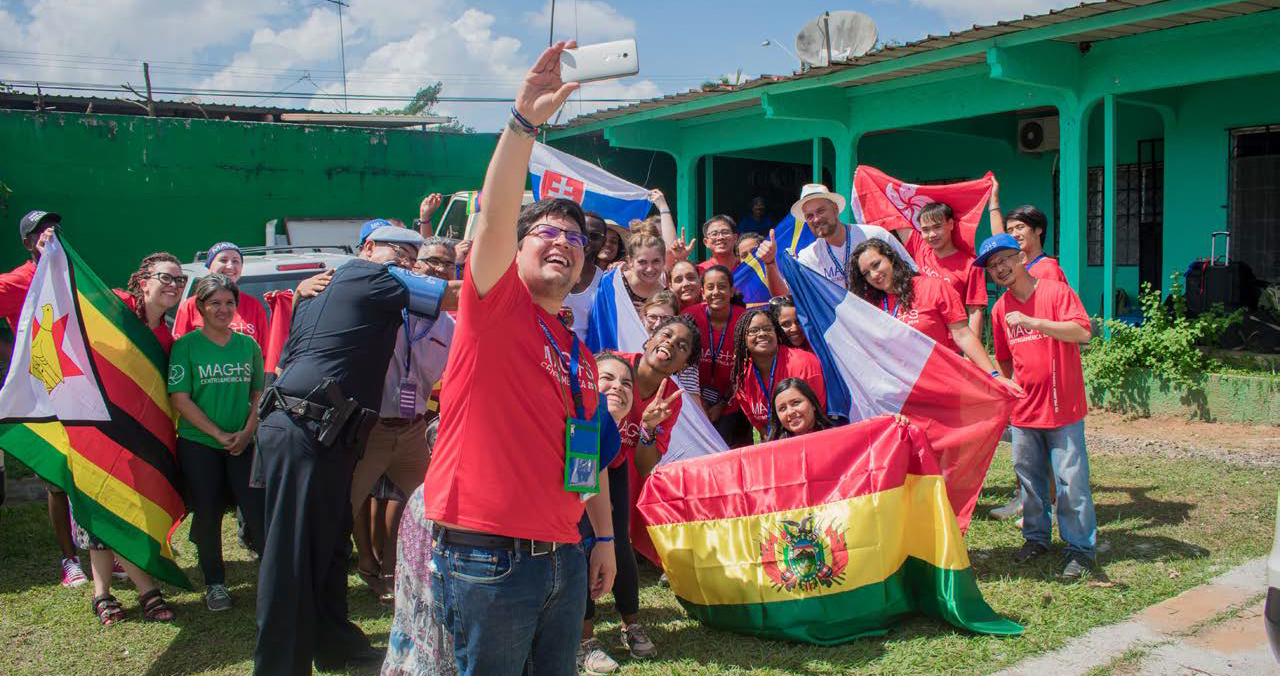
Young adults from all around the world gathered in Central America in January to celebrate,
pray, and serve with other Jesuit-connected pilgrims ahead of World Youth Day.
This was my third time participating in MAGIS. I led a group of students from Marquette University to MAGIS in Spain in 2011 and helped with communications for MAGIS in Poland in 2016. In addition to media work, I served as a presenter and translator at the large events of this year’s MAGIS in Panama.
One of the key differences this year was that this MAGIS took place in five different countries. As was fitting for the Central American Province of the Society of Jesus that goes beyond borders, they hosted the initial MAGIS activities in Costa Rica, El Salvador, Guatemala, Honduras, and Panama, before all the pilgrims came together at Colegio Javier in Panama City.
The central part of the MAGIS program is the “experiments.” These experiences, like the “experiments” that a Jesuit novice partakes in, are meant to push pilgrims out of their comfort zones and facilitate a deep encounter with God, self, and others. Groups of pilgrims went to many different locations across Central America for their experiments. Some worked with the elderly or children with disabilities. Some participated in pilgrimages or ecological initiatives. One group shared life with an indigenous community that is only accessible by boat.
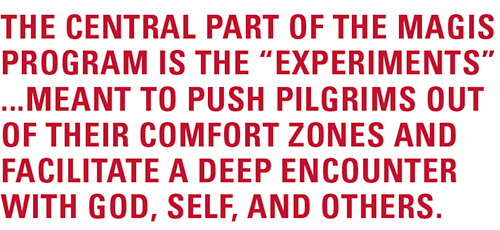
In addition to the work that they do during these experiences, pilgrims come together each day for Mass, spiritual reflection, cooking, and oftentimes much singing and dancing. These groups were typically composed of pilgrims from four different continents and at least that many languages.
Many pilgrims commented on how well they understood each other without actually speaking the same language. Many pilgrims spoke Spanish, but those coming from Africa, Asia, and Europe typically did not. Most understood English, but few were native speakers. It was common to hear French, Portuguese, and many other languages. Smiles, thumbs up, and hugs were common forms of communication that seemed to break down linguistic barriers. Cross-cultural encounters abounded. It was not uncommon to see a pilgrim who initially did not even know where Mauritius was located later become close friends with someone from that island nation. Zimbabweans learned to savor tereré, the yerba mate drink from Paraguay, and South Koreans learned how to make pupusas, a traditional dish from El Salvador.
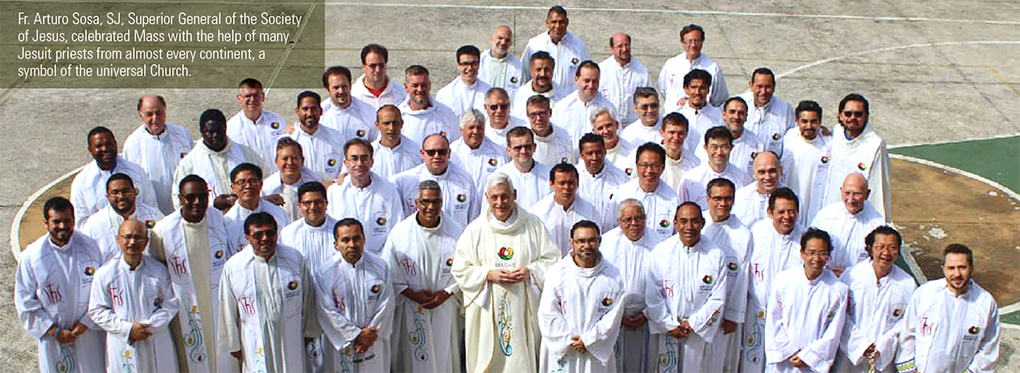
After the week of experiments, all 900 pilgrims descended on Panama City, where there were cultural celebrations, activities that facilitated reflection on all that they had experienced, and an address from Fr. Arturo Sosa, SJ, the Superior General of the Society of Jesus. MAGIS formally concluded with a Mass celebrated by Father General and 55 other Jesuits from around the world.
One of my most memorable experiences was when Jesuits from Taiwan and Poland were both planning on using the same chapel to celebrate Mass for their respective delegations. Discovering this, they decided to have Mass together, and they invited me and the delegation from Hong Kong to join them. The readings, homily, music,

and Eucharistic Prayer were a mix of Mandarin, Polish, Cantonese, and English. Many of us could not help but smile at the beautiful absurdity of this combination. It was an “only at MAGIS” experience.
MAGIS concluded on the day that World Youth Day began so that participants could join the hundreds of thousands of other pilgrims in this larger ecclesial celebration.
On the Sunday Pope Francis celebrated Mass at the end of World Youth Day, the second reading was from 1 Corinthians in which Paul talks about how “there are many parts, yet one body.” It was a perfect description of MAGIS.
Jesuits have gone to the frontiers. There is a beautiful diversity in the Ignatian family. And MAGIS both demonstrates and deepens the fact that there is also unity in this one body.
